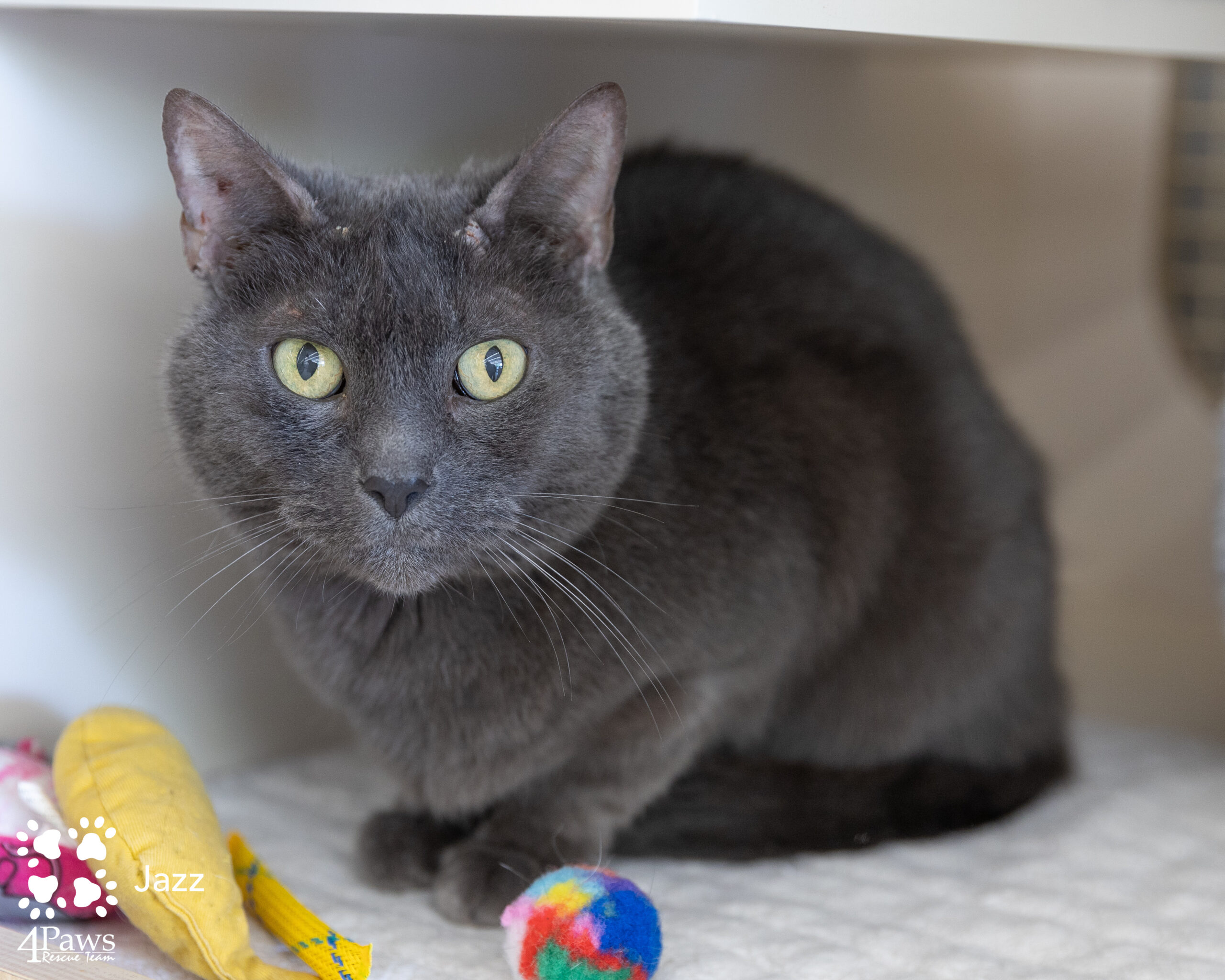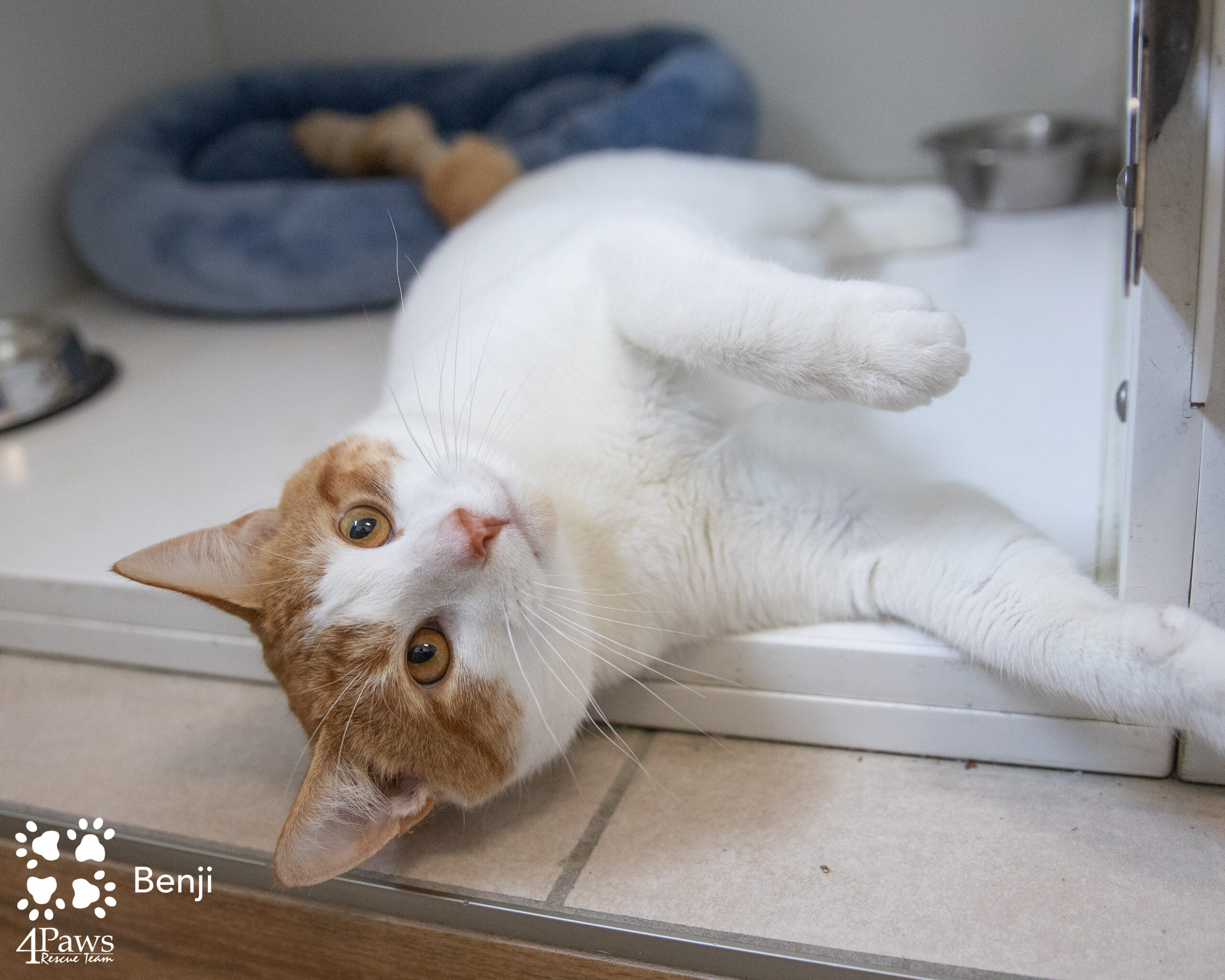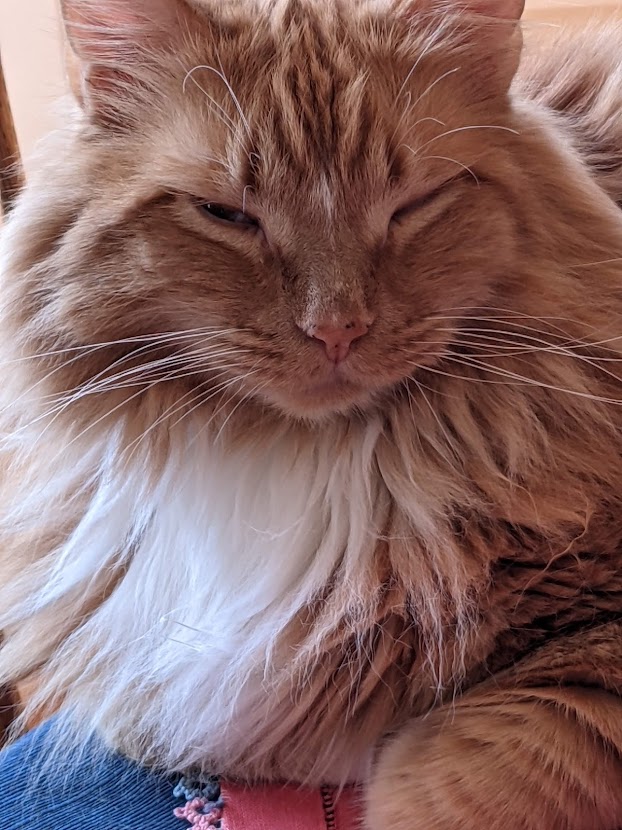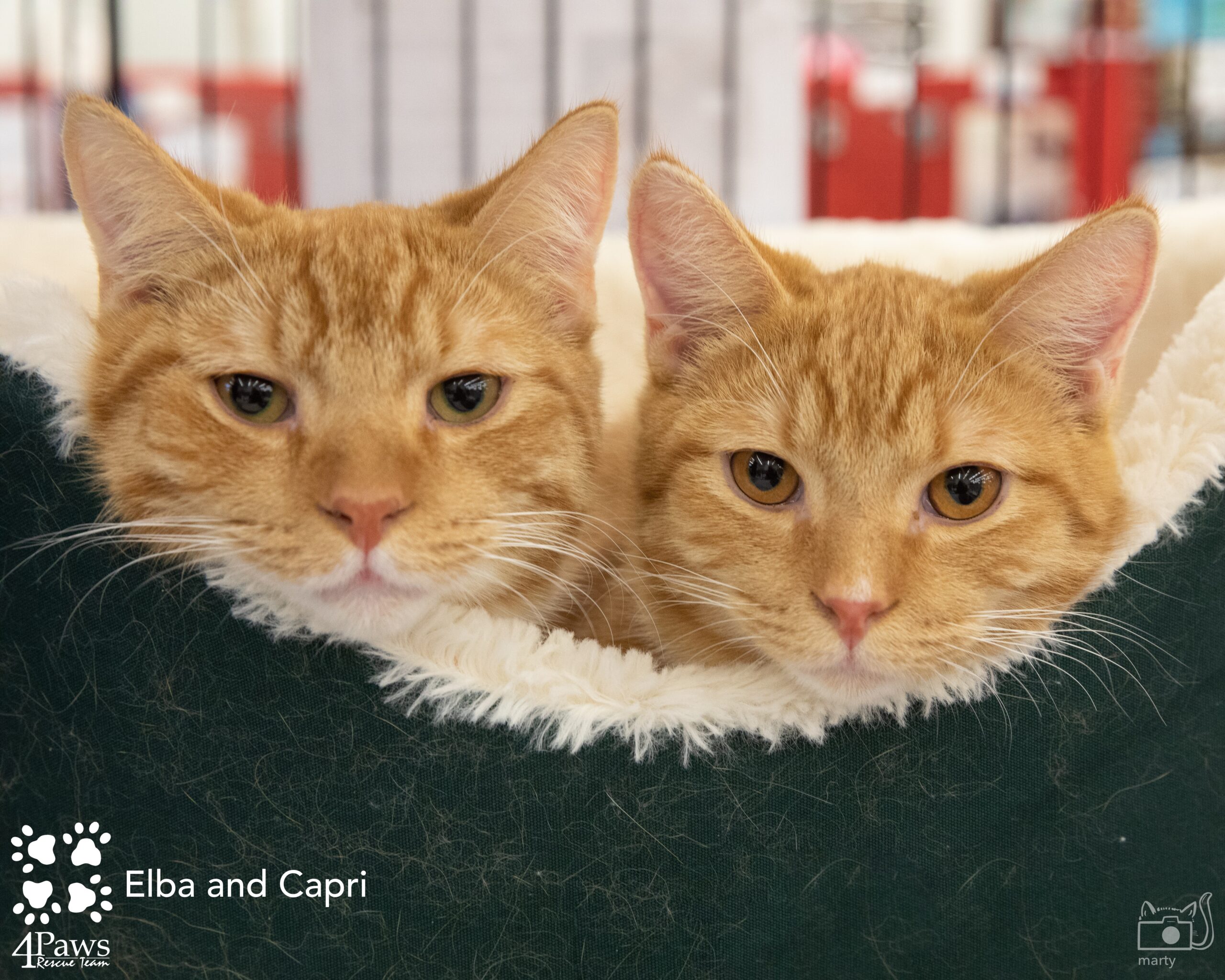Do you think you know everything about cats? Think again! In this article we separate fact from fiction and debunk some of the most common myths about kitties. We hope that this information will expand your knowledge about cats.
Myth #1: Black Cats are Unlucky:
Black cats have been the subject of myth and folklore for centuries, and while in some countries they are considered unlucky, the felines are said to bring good fortune in other parts of the world. In Japan, it is thought to be good luck if a black cat crosses your path, but in much of Europe and the US, the presence of a black cat is considered to mean that bad luck is on its way. In Germany it depends which direction a black cat walks in front of you. Left to right means good times ahead, but right to left means the opposite. Some Italians believe that if a black cat jumps on the bed next to a sick person, the person will soon die. But if a black cat appears on your doorstep in Scotland, tradition suggests you could be coming into money.
Sadly, unwanted and abandoned black cats are notoriously difficult to rehome thanks to superstition and myth so it seems they are the unlucky ones. In reality, the only supernatural powers black cats possess are ones of unconditional love and affection – just like any other cat.
Myth #2: Cats are Unloving, if you want a loving pet, get a dog:
Perhaps the greatest debate of modern times is whether dogs or cats make better pets, and one argument on the side of dogs is that cats are unloving. Domestic cats are, by their nature, more independent than domestic dogs – in part because they weren’t bred to spend a lot of time around humans, and also because the wild ancestors of our house felines don’t live naturally in the same sort of family groups that canines do. However, cats can be incredibly affectionate and some play fetch and respond when called by name, just like dogs.
Myth #3: Cats Always Land on their Feet:
More often than not, cats will land on their feet when they fall from a height. This is because they have what is called a ‘righting reflex’, whereby they’re able to twist around very quickly in the air when falling. They also have very flexible backbones, which help them in doing this.
But sadly, this isn’t always the case. Every year animal hospitals treat cats which have fallen from great heights. Many make a recovery, but devastatingly, lots don’t make it. And some of those who don’t succumb to their injuries do suffer life-changing damage that can be expensive to treat for owners without pet insurance. We recommend keeping windows closed, and during the summer months fixing mesh to windows and balconies.
Myth #4: Cats Have Nine Lives:
Like the rest of us, cats only have one life – so where does the saying ‘cats have nine lives’ come from? Nobody really knows the origin of this myth, exactly, but there are a number of possibilities – from William Shakespeare to ancient Egypt. But it’s more than likely that the myth has developed over time due to cats’ ability to get themselves out of sticky situations, with their agility and dexterity.
Myth #5: Cats Only Purr When They Are Happy:
Cats often purr when they’re happy, such as when they’re getting attention from you. But that’s not the only reason they produce this noise; they can also purr when they’re frightened or feeling unwell or in pain in order to provide comfort to themselves. Cats can also purr to comfort their young.
A cat’s purr begins in its brain. It then sends a message to the muscles in its voice box, which twitch and cause the vocal cords to separate when the cat inhales and exhales – producing the purring sound.
Myth #6: Cats Can See in Complete Darkness:
Cats are unable to see in total darkness, any more than humans can. But they are much better adapted than us to seeing in low levels of light. Their eyes let in far more light than ours, for a number of reasons. The corneas in a cat’s eye are much thinner than in humans and their irises (the colored part of the eye) open far wider, both of which allows more light to enter. The retina in the back of a cat’s eye also has more rods, which are responsible for magnifying light impulses. Like many animals, cats also have a highly developed reflective area in the back of their eyes – this is what makes them glow at night.
Myth #7: Cats are Nocturnal:
Cats are not nocturnal but are instinctively crepuscular. This means they are most active at dawn and dusk. Just because your cat lives in your home, doesn’t mean they will ignore this genetic predisposition, even if food is readily available.
Cats often sleep when the house is quiet and grow more active when people arrive home. They may sleep at night but will often still wake at least a couple of times. Steps you can take to help reverse a cat’s crepuscular tendencies include giving them a warm bed, using toys to entice curiosity during the day and playing with them in the evening before you go to bed.
Myth #8: You Should Give Your Cat Cows’ Milk:
Despite popular belief, cats do not need milk. If they are fed a balanced diet, they will get all the nutrients they need that way. Milk can upset their stomach, particularly if they are not used to it. This is because, once weaned, many cats become lactose intolerant as they lose the ability to produce the enzyme needed to properly digest it.
Myth #9: Cats are Solitary Animals and Like to be Left Alone:
By their nature, cats are solitary creatures. While dogs descend from wolves which live in family groups, most wild cats live alone. However, domesticated cats can form very close bonds to people and other animals. Many cats form a bond with litter mates and other kitties in the home.
Myth #10: Declawing a Cat is Harmless:
Jackson Galaxy states that, “Declawing your cat isn’t exactly a harmless way to get them to stop scratching your sofa.” He notes that this procedure can be quite harmful to your pet. “Declawing has great lasting psychological and physical implications for cats as they go on in life. It is a completely unnecessary surgery.”
The American Veterinary Medical Association (AVMA) discourages declawing as an elective procedure and supports non-surgical alternatives. Declawing is a major surgery involving amputation and is not medically necessary for a cat in most cases.




